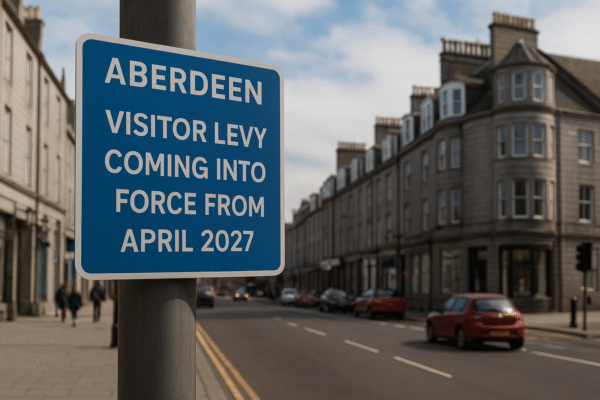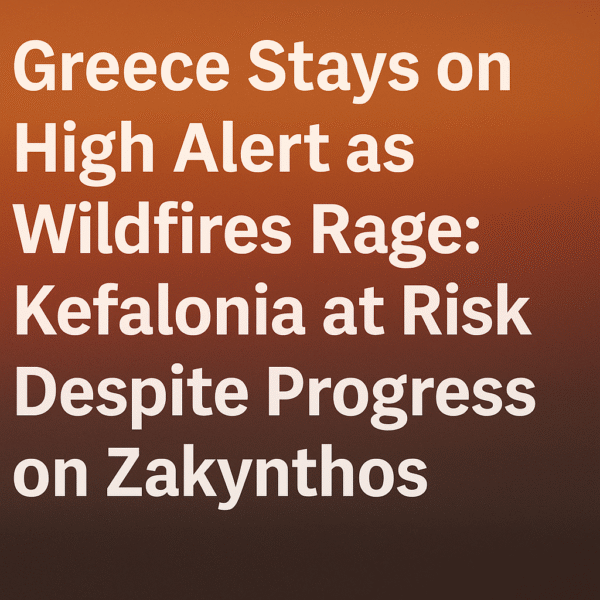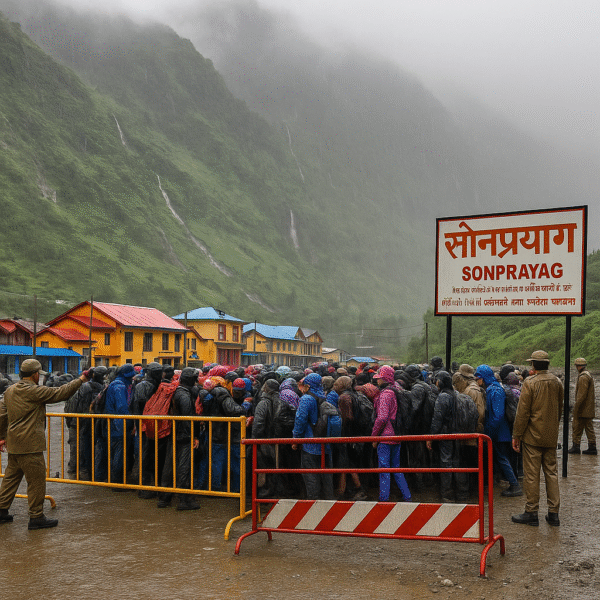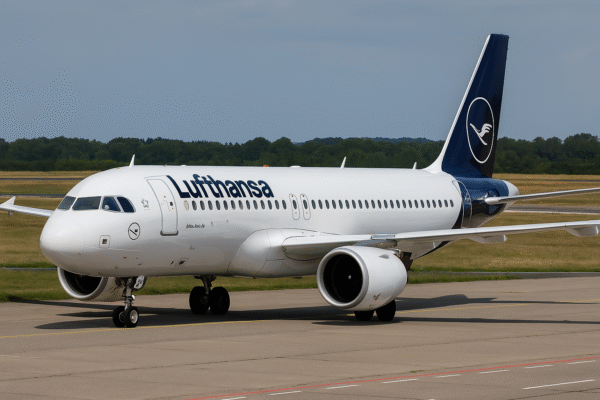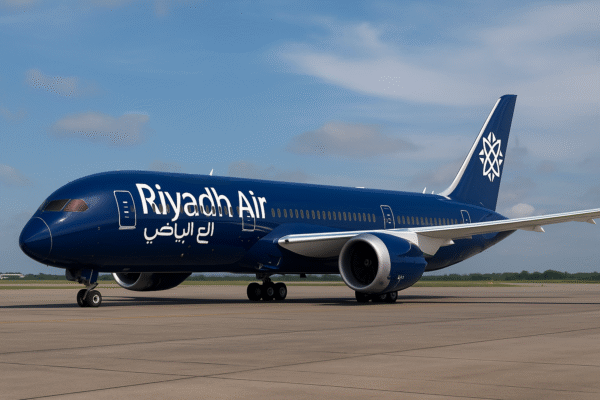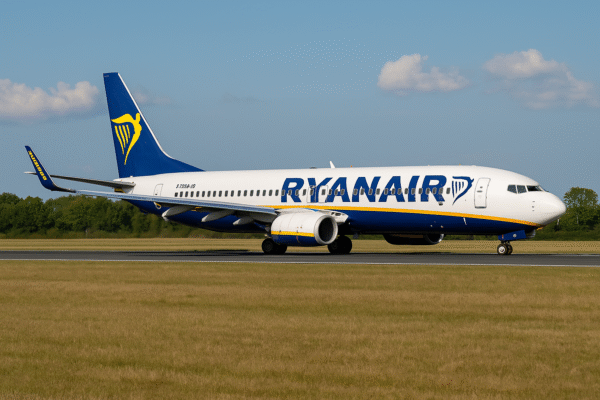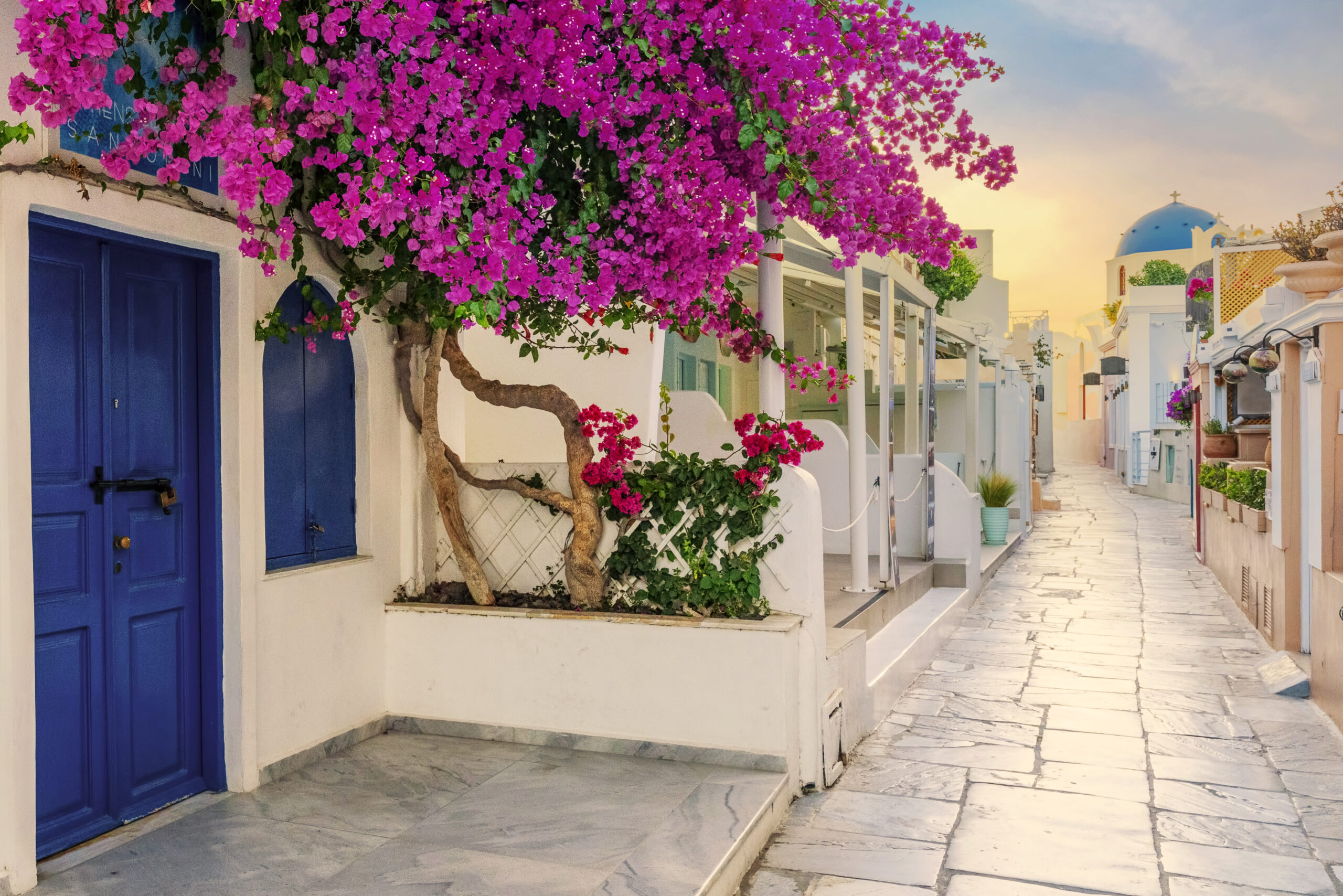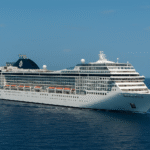While Greece’s idyllic island of Santorini continues to captivate global travelers with its iconic caldera views, brilliant sunsets, and postcard-perfect cliffside villages, a less visible but equally significant issue is emerging behind the scenes. As thousands of tourists arrive daily—especially aboard colossal cruise ships—the economic impact expected by local businesses is failing to materialize after sunset.
This paradox of crowded days and empty nights has become a point of concern among Santorini’s residents and entrepreneurs. With restaurants, shops, and hotels increasingly underutilized after the day-trippers depart, the island is experiencing what some locals are calling a “phantom economy”—visible tourism with invisible value.
Santorini: A Global Jewel with a Dual Reality
As part of Greece’s prized Cyclades Islands, Santorini has long stood as a beacon of Mediterranean charm. Its breathtaking blue-domed churches, cliff-carved architecture, and ancient ruins draw millions each year. The island’s reputation has only intensified with the rise of social media, where images of Oia’s sunset and Fira’s cascading homes dominate travel feeds.
Yet despite the high volume of visitors, the island’s economic model appears increasingly unsustainable. Gianluca Chimenti, a veteran tour operator in Santorini, explains how the rush of daytime foot traffic from cruise arrivals rarely translates into meaningful income for local establishments.
“We see up to 17,000 cruise passengers arriving during the peak season every day,” Chimenti shares. “They flood the main towns from mid-morning to sunset—but by 9 PM, it’s quiet. Restaurants close early, and hotel bookings drop. It’s a ghost town after dark.”
Cruise Tourism: A Boon and a Burden
Cruise ships, often lauded for bringing bulk tourism to small islands, are now being scrutinized for their limited economic contribution in Santorini. Tourists typically disembark for six to eight hours, spend minimal amounts on souvenirs or snacks, and return to their vessels for dinner and lodging—leaving the island without taking full part in its hospitality ecosystem.
This transient tourism model undermines overnight stays, which are considered essential for the sustainability of any tourism-driven economy. Visitors who stay longer often dine locally, book guided experiences, hire transportation, and engage more deeply with a destination’s culture and community.
In Santorini’s case, however, the dependence on cruise-driven day trips is creating an illusion of economic vitality. While visitors crowd narrow alleys, capture viral images, and contribute to perceived overtourism, many core businesses remain financially underwhelmed.
The Social Media Illusion
Social media platforms, particularly Instagram and TikTok, have amplified Santorini’s global fame but also contributed to the shift toward superficial travel behaviors. Tourists often visit for just a few hours, prioritizing popular photo spots like the Oia Castle or Fira’s cliff walks over immersive experiences.
As Chimenti points out, “It’s not that there are too many tourists—it’s that they come for pictures, not for Santorini itself.”
These trends have fueled concerns that the island’s cultural and economic fabric may be eroding in favor of short-term visibility. The disconnect between image and reality is leading local business owners to question the longevity of Santorini’s current tourism trajectory.
Government Efforts and Local Hopes
Greece’s national and regional tourism authorities have long grappled with how to balance economic growth and sustainability across its 227 inhabited islands. For Santorini, solutions must address the overconcentration of cruise arrivals and promote longer, immersive visits.
Several local efforts have aimed to limit daily cruise ship numbers, develop offseason marketing campaigns, and improve infrastructure to accommodate overnight guests. However, execution remains a challenge, especially amid seasonal spikes and international demand.
Residents are calling for renewed focus on:
- Diversifying port activity to limit cruise arrivals during peak hours.
- Incentivizing boutique hotels and B&Bs to expand marketing for overnight stays.
- Collaborating with travel agencies to promote cultural experiences over quick stopovers.
Broader Implications for Greek Island Tourism
Santorini’s struggles are not isolated. Other Greek islands such as Mykonos, Rhodes, and Corfu are beginning to observe similar trends. The tourism success that Greece enjoys globally may inadvertently become its weakness if not carefully managed.
Tourism accounts for over 20% of Greece’s GDP, making it vital to approach future growth with a clear commitment to sustainability, economic equity, and cultural preservation. Greece’s island network offers a rare opportunity to lead the global conversation on how to transform popular destinations into resilient, inclusive tourism models.
From Viral Moments to Meaningful Memories
There’s no denying that Santorini will continue to attract travelers with its magical beauty. But for the island to thrive economically and socially, it must evolve from being a photo-stop to a destination that invites guests to stay, explore, and engage.
Encouraging longer stays, reducing cruise dependence, and investing in community-led tourism will not only benefit Santorini’s economy but also restore balance to a place that has given so much to the world of travel.
Conclusion
Santorini may shine under the daylight with vibrant crowds and camera flashes, but it dims too early when visitors retreat to their ships. Behind the iconic vistas lies a quieter reality—one where economic opportunity is missed nightly.
To preserve its charm and ensure prosperity for its people, Santorini must rethink its tourism model—from quick visits to genuine experiences, from image to impact. As Greece continues to promote its islands on the global stage, Santorini’s situation offers a vital lesson in how beauty alone is not enough for lasting success.
For more travel news like this, keep reading Global Travel Wire




